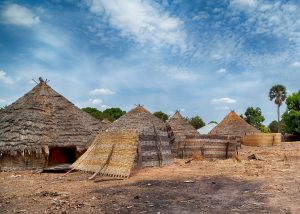An analysis of trophy size trends in popular hunting species in Namibia over five years
M Walters, M Hauptfleisch
The Namibian Journal of Environment (NJE) 2022
Within the last twenty years, Namibia has developed a leading alternative model of biodiversity conservation, largely due to its Community-Based Natural Resource Management (CBNRM) programme and its allocation of large areas of land towards biodiversity conservation. The CBNRM model is based on the rights of communal conservancies to benefit from the wildlife that is present on their land; one such right is to receive meat and revenue from trophy hunting. However, the marketability of desirable trophy animals is dependent on the consistent presence of quality trophy individuals within local wildlife populations, which can, through over-hunting, lead to an unsustainable operation. This study considered trends in numbers, locations and sizes of trophies hunted over a five-year period. Three sought-after high-value species, namely buffalo (Syncerus caffer), roan (Hippotragus equinus), and sable (Hippotragus niger), along with the iconic and frequently hunted trophy species kudu (Tragelaphus strepsiceros), were considered in this study. Buffalo and roan trophy sizes showed signs of a non-significant increase over time. Sable trophy measurements indicated a non-significant negative size trend, while kudu trophy measurements significantly declined across Namibia over the 5 years.


